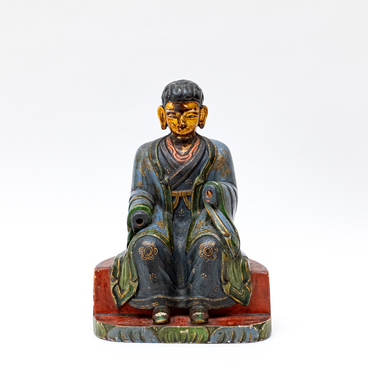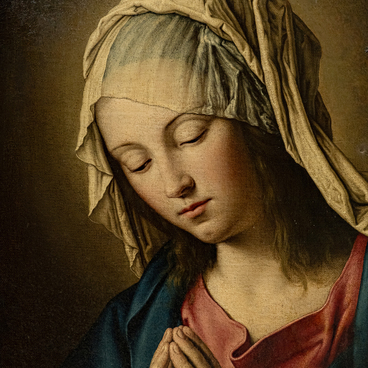An impressive decorative painting from the collection of the Sakha Republic National Art Museum introduces the public to the Venetian school of painting. The painting depicts the popular mythological plot “Diana and Callisto, ” which originates from Ovid’s “Metamorphoses.”
Myths of Ancient Greece often became subjects of works of art. The myth tells about the beautiful maidens accompanying Diana, the goddess of hunting, who swore, like their patroness, to remain chaste. Jupiter, in love with the nymph Callisto, took on the guise of the goddess to win her over, and thus seduced the young beauty. The cult of health, beauty and freshness reigned supreme among the nymphs of the goddess. Maidens who lost their chastity were strictly forbidden to enter the sacred spring of the goddess. The painting depicts the moment when Diana, while the nymphs were bathing in the spring, discovered that Callisto had broken her oath, and in anger banished her from her retinue. Jupiter’s wife, Juno, wanting to take revenge on her husband for betrayal, turned Callisto, who had given birth to the son Arcas, into a bear. Grown-up Arcas, who did not know about this story, tried to shoot his mother in the form of a bear while hunting. To prevent the tragedy, Jupiter sent Callisto and his son to heaven, turning them into the constellations of Ursa Major and Ursa Minor. The myth of Callisto is one of the most favorite subjects in the visual arts of various eras.
The work was created by an artist of the second half of the 17th century, presumably Antonio Bellucci (1654–1726). The painter was born and buried in Pieve di Soligo. He was trained at the Venetian school and worked at the turn of the Baroque and Rococo. Bellucci spent most of his life in Austria, Germany and England. The Venetian school is characterized by the predominance of picturesque principles and vibrant color solutions. 17th-century works are distinguished by Baroque painting techniques, realistic observations and the influence of Caravaggism, as well as the traditional interest of Venetian artists in coloristic explorations.
Admiration for the sensual charm of naked bodies is
seen in the calm plasticity of the movements of the large figures of nymphs and
Diana, and in the soft manner of depicting forms. The large figures, positioned
prominently at the edge of the painting, retain the effect of Caravaggism. It
is observed in wonderful proportions of the bodies, radiant skin, elegantly
styled golden hair, vividly expressed gestures and poses. The surrounding
landscape is drowned in a greenish twilight, which creates a feeling of natural
fullness of life amidst nature. The composition’s closure is disrupted by the
distant mountain valley with a smoking volcano.


